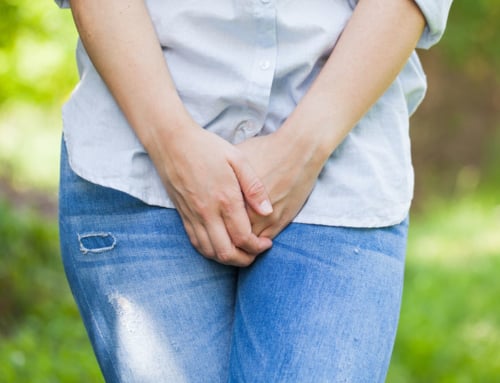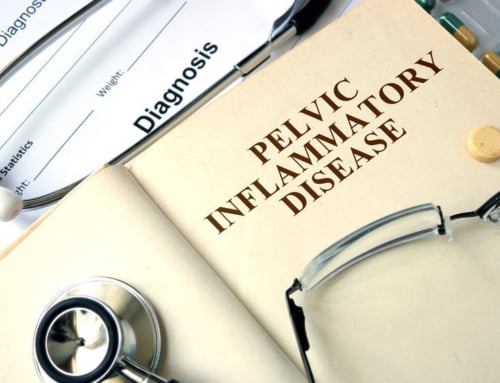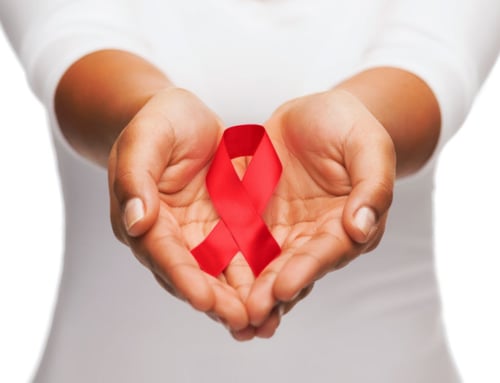Living With PID
High quality of life with a pelvic inflammatory disease (PID) diagnosis is possible. The earlier the disease is caught, the better the chances of minimizing permanent damage. PID is curable. Medication and practicing safe sex are recommended treatment options.
What is PID?
Pelvic inflammatory disease is an infection of the female reproductive system. PID occurs in about 5% of all women. Most PID spreads as a result of sexually transmitted infections or diseases. PID is diagnosed during OB/GYN exams through a combination of tests. The tests include a physical exam, cervical culture, and urine test. Because PID can cause permanent damage to female reproductive organs, a doctor may request a pelvic ultrasound or endometrial biopsy. Untreated PID can lead to chronic pelvic pain, ectopic pregnancy, and infertility.
What are the symptoms?
Pelvic inflammatory disease can range from asymptomatic, showing no sign of the disease, to severe pain. Symptoms of PID include pain in the abdomen, fever, vomiting, painful intercourse, and fatigue. Additional symptoms include painful urination, irregular menstrual cycles, and increased vaginal discharge.
What are the treatment options?
Most PID is treated with antibiotics. Identifying the exact type of bacteria that has caused the PID can be challenging, and most doctors will prescribe a combination of two medications to treat the bacteria. Symptoms should start to go away within a few days. If symptoms become worse, the female should return to the doctor for further checkup. Pregnant women may be sent to the hospital for treatment. In rare cases, PID requires surgery to treat or remove abscesses. Women diagnosed with PID should refrain from sex until the infection has cleared.
Are the chances of contracting PID the same for all women?
PID affects about 5% of all women. The risk increases if a woman has had an STI or STD before, more than one sexual partner, practices douching, and is below the age of 25. Previous instances of PID increase a woman’s risk of contracting the disease again.
How can PID be prevented?
The best way to prevent PID is to practice safe sex. Annual STI and STD screenings will help an individual stay on top of sexual health. Avoid douching, as pushing any water into the vaginal cavity causes more harm than good. The vagina is a self-cleaning mechanism.
PID can be cured
Taking care of sexual health is the most significant factor in PID prevention. With treatment, PID can go away within a short amount of time. To minimize damage to internal organs, catching PID early is crucial. To learn more, contact an OB/GYN or other women’s health provider.







